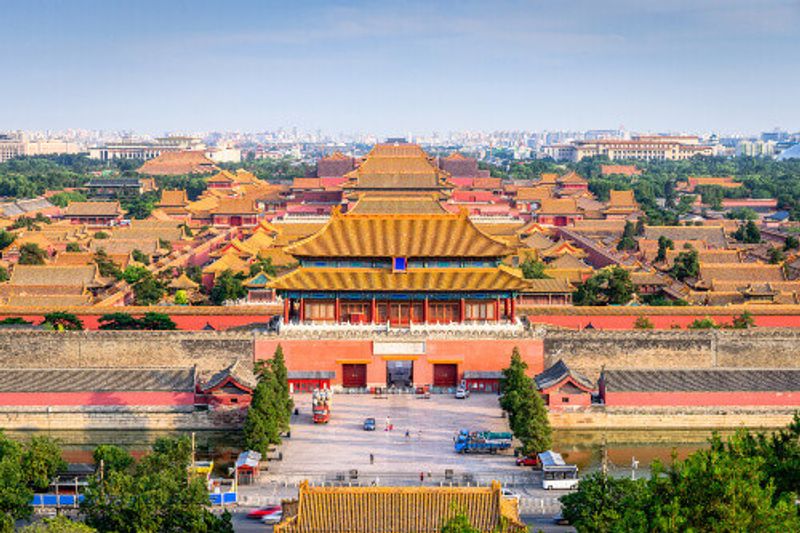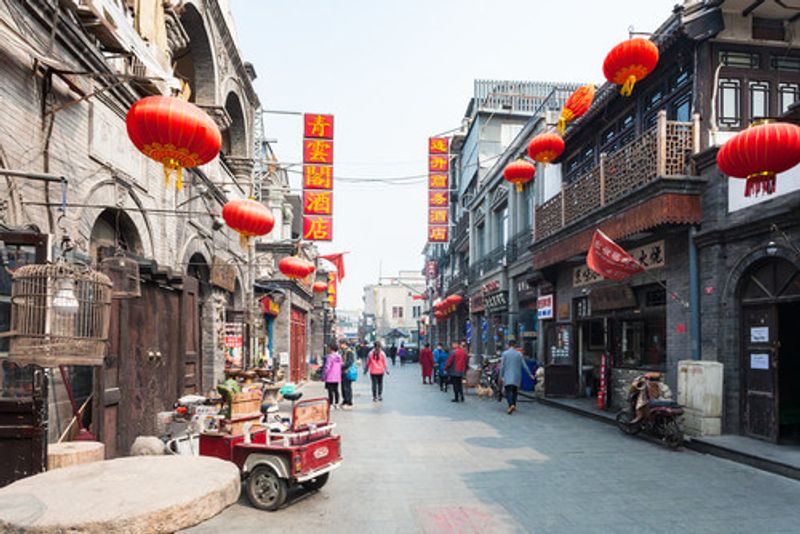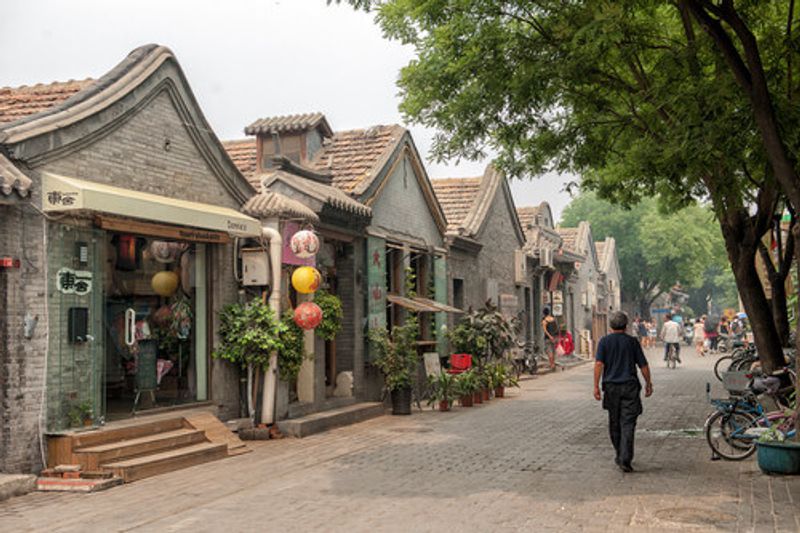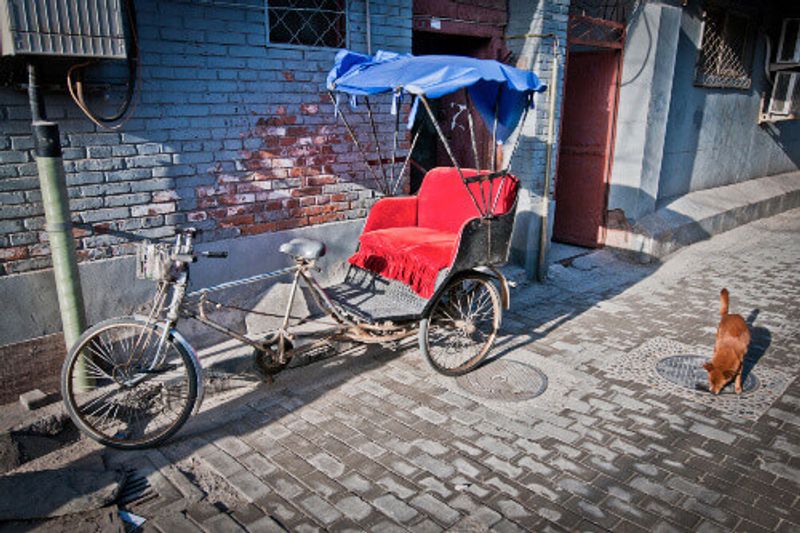A rare glimpse into a bygone era of China’s ancient alleyways
China's bustling capital, Beijing, wasn’t always made up of mega skyscrapers and car-jammed boulevards. From the early 15th century to the last years of the 20th century you could stand at Beijing’s highest point – the top of Jingshan Park – and look out across a huge maze-like network of low rise buildings, with dark tiled roofs, interconnected by labyrinthine narrow alleys. These were known as hutong – the residential areas of Beijing’s inner city.
Beijing’s very centre is comprised of the Imperial Palace – known as the Forbidden City – which is surrounded by the inner walls. Outside of the Palace but inside the city walls were the homes of the city’s elite – scholars to the south, soldiers to the west, writers to the north and mandarins to the east. The wealthy elite lived in grand homes in the centre of a courtyard, with buildings that housed kitchens, storerooms and staff surrounding the outer courtyard walls. As the population increased more and more homes were jammed together within the city walls using up all available space and only leaving narrow alleys for residents to navigate between.
This all changed in 1949, when Communist China repurposed these grand residencies as factories, grain stores and accommodation for the factory workers of the capital. At the same time, the 15th century Ming Dynasty city wall was destroyed to make way for the Second Ring Road – the huge six lane motorway that circumnavigates the city centre.
With the city wall gone, the second half of the 20th century saw new buildings sprawl out from the centre, ending its thousand year old footprint. Beijing grew but the low-rise buildings in the narrow hutongs were falling into disrepair after being left behind as the new city developed. Few hutongs had electricity and even fewer had indoor toilets and the hutongs became classed as inner-city slums.
Because of this many were earmarked for demolition and in the 1990s a campaign to clean up the city saw more than half of the city’s hutong areas destroyed. The desire for shiny new offices and high-rise apartment blocks in the first years of the 21st century saw the destruction of even more hutongs until in conservation groups and affluent individuals realised the importance of them and called for the preservation of the hutongs.
And with some success. Although many hutongs have been lost, areas around the Drum and Bell towers, north of the Forbidden City (known as the Gulou area) and areas near Qianmen to the south of the city have undergone major restoration programmes. Some have been carried out by private individuals and companies looking to restore these courtyard homes to their former glory, whilst others have benefited from government bodies recognising their tourist appeal and historical value.
There has been valid criticism that authorities allowed the destruction of many original buildings of historical significance only to replaced them with modern replicas of the original. But today hutong areas still exist and are thriving. As well as becoming popular as homes again, cafes, guesthouses and shops have also opened up in these quaint, tree-lined alleyways.
Due to the narrow nature of the hutongs, bike or rickshaw is the preferred mode of transport. Rickshaw drivers provide tours of the backstreets around the lakes of Houhai and Shichahai stopping at academies, schools and the homes of literally legends such as writer and literary critic Lu Xun once lived.
But there is little better than strolling around the hutongs off Gulou Dong Dajie on foot. Stopping for a warming bowl of noodles or a refreshing pot of tea in one of myriad hole-in-the-wall venues on the backstreets is an ideal way to get a glimpse of what life in Beijing was like before the concrete and glass skyscrapers took over.





